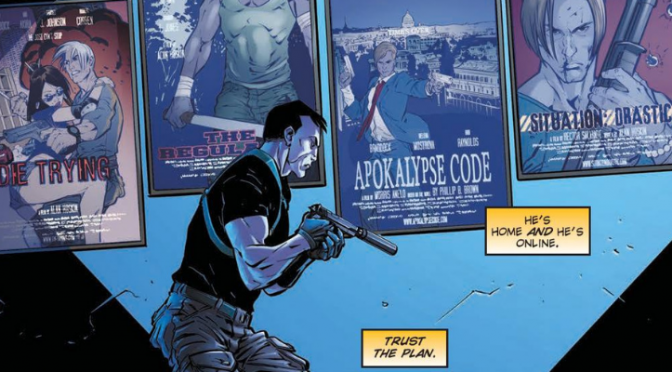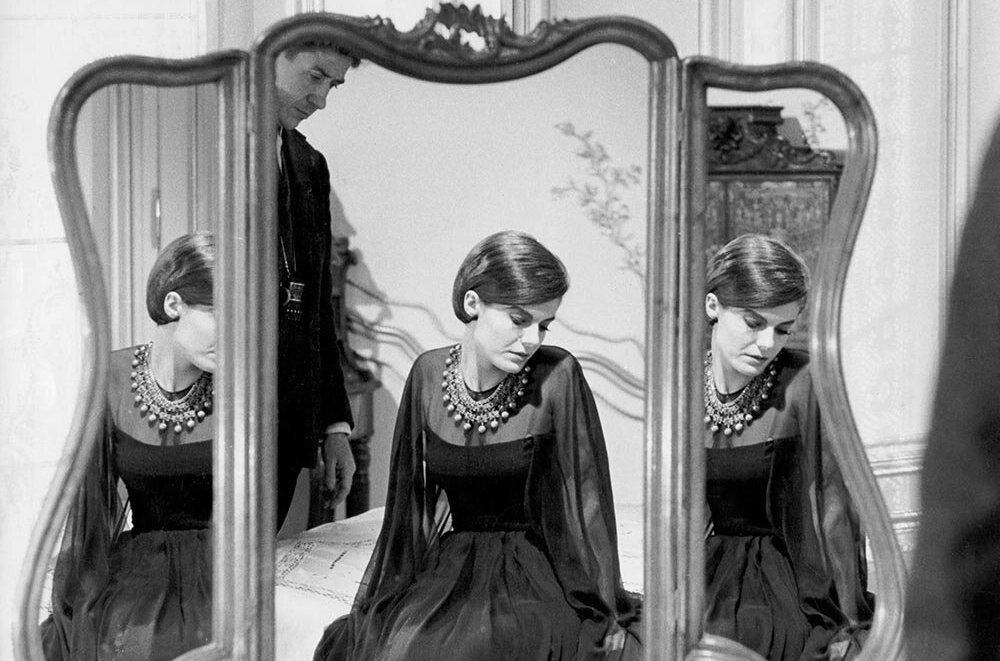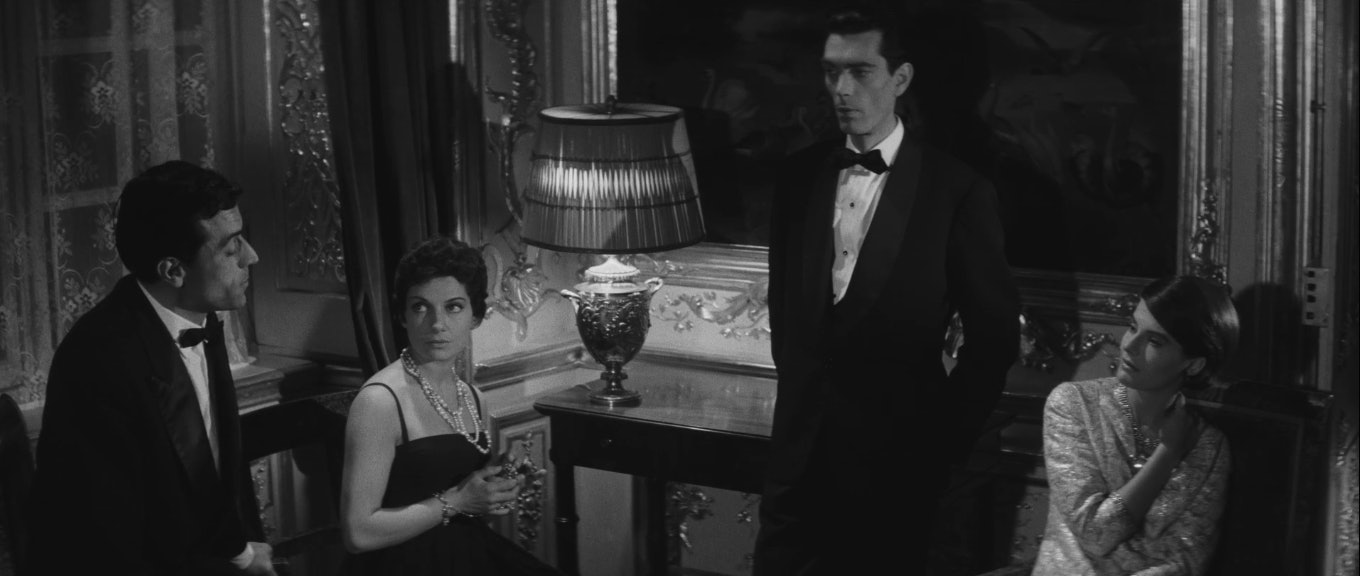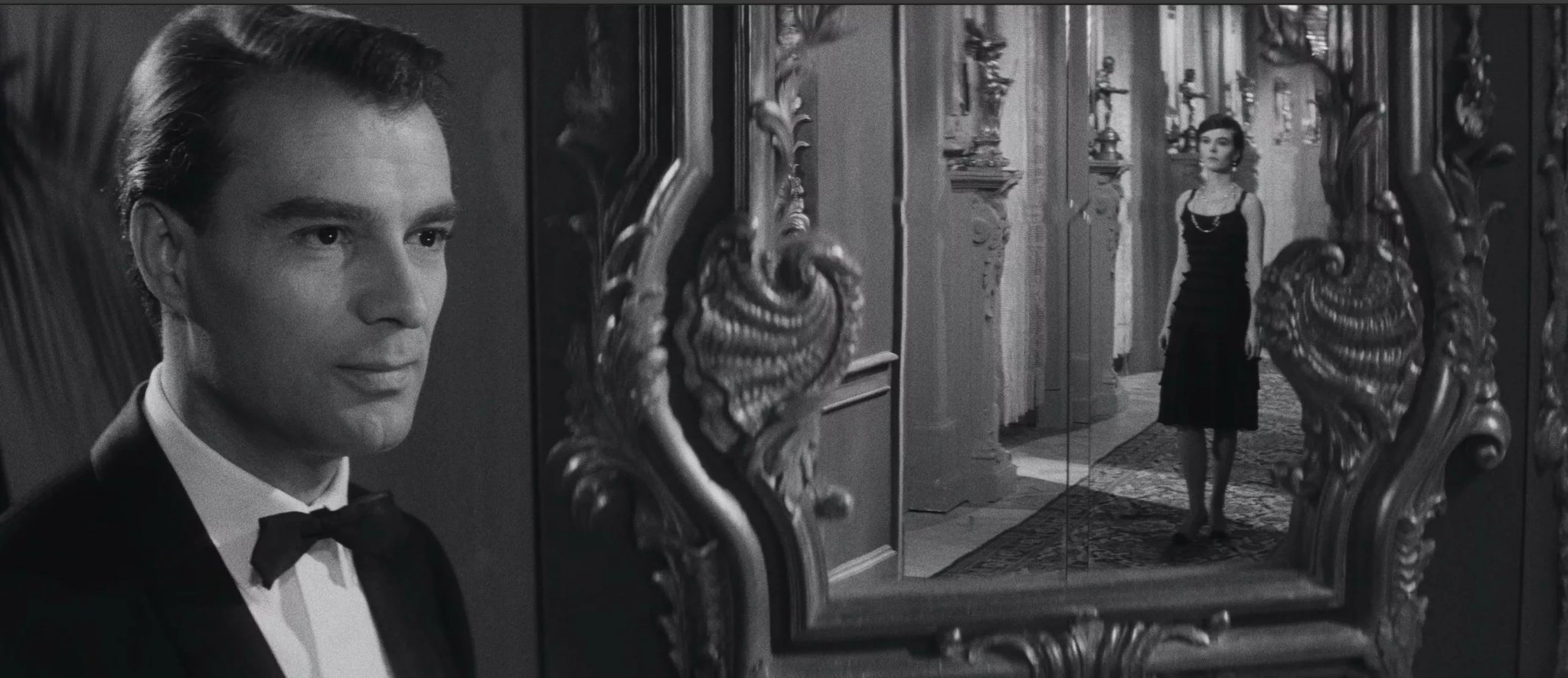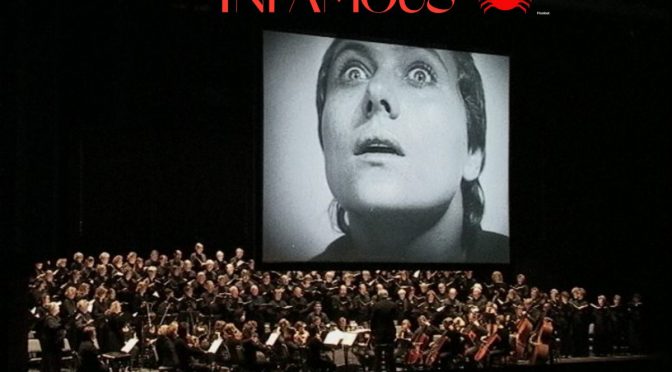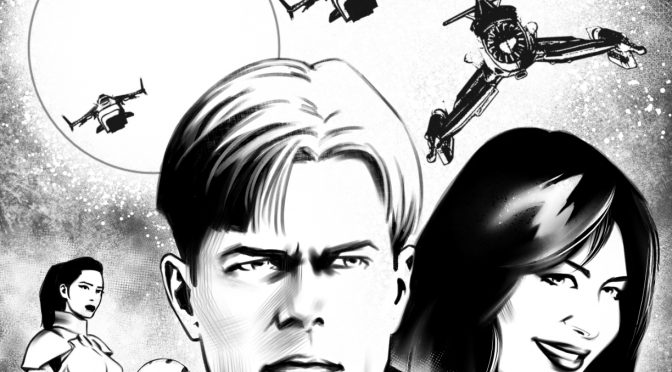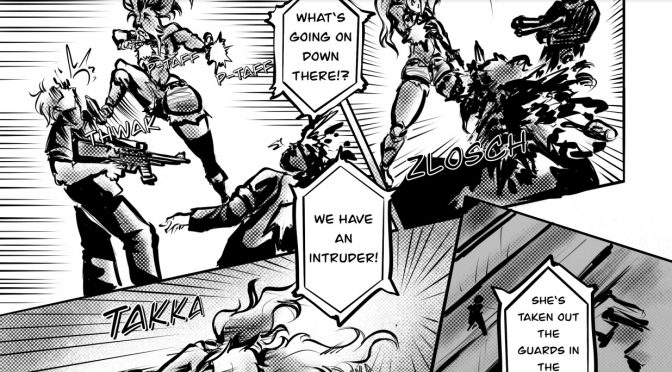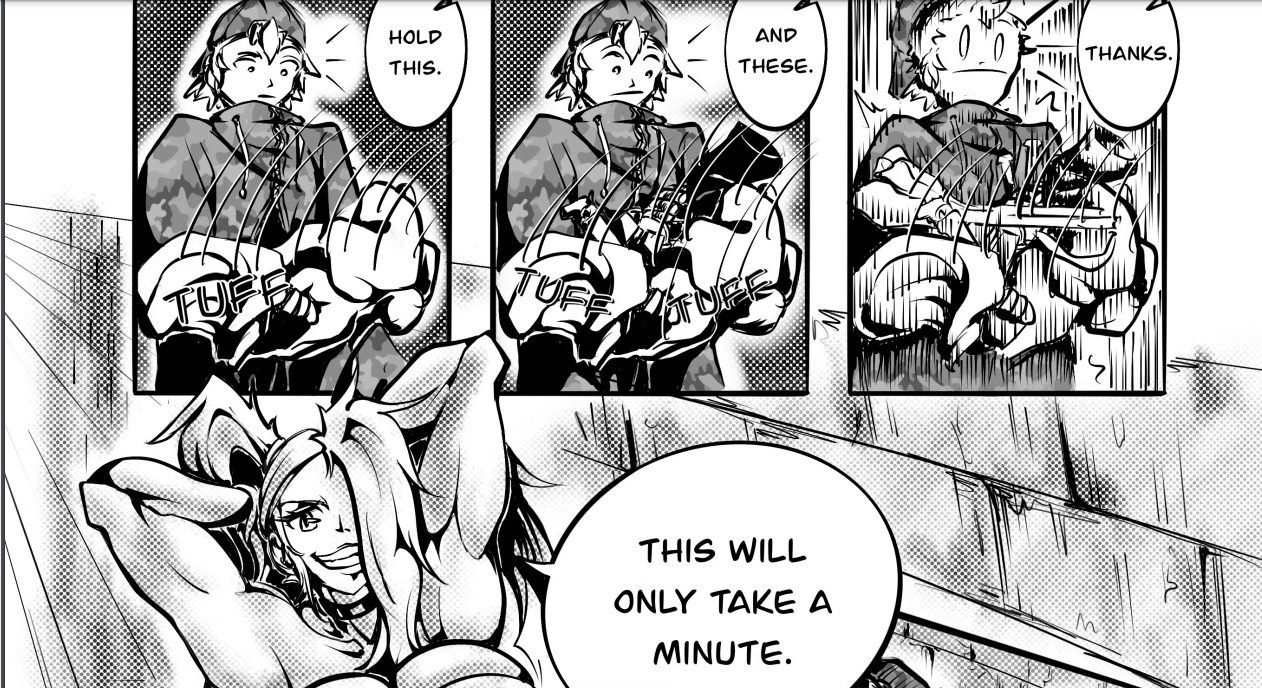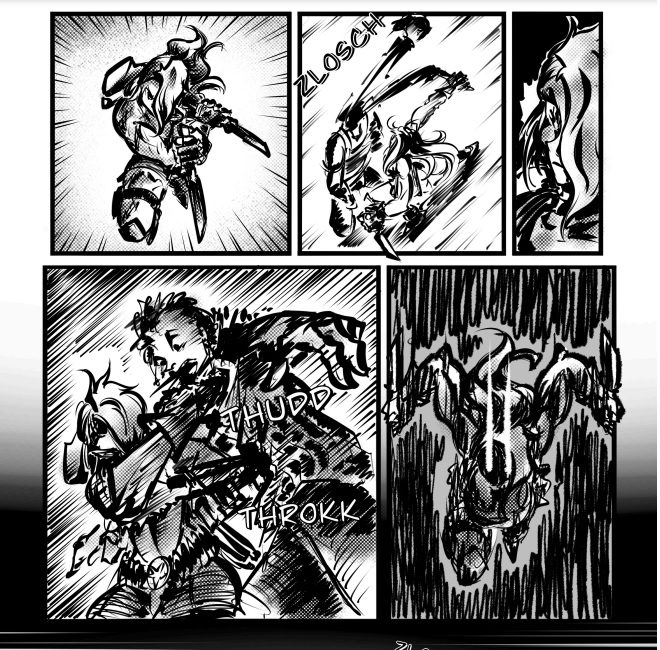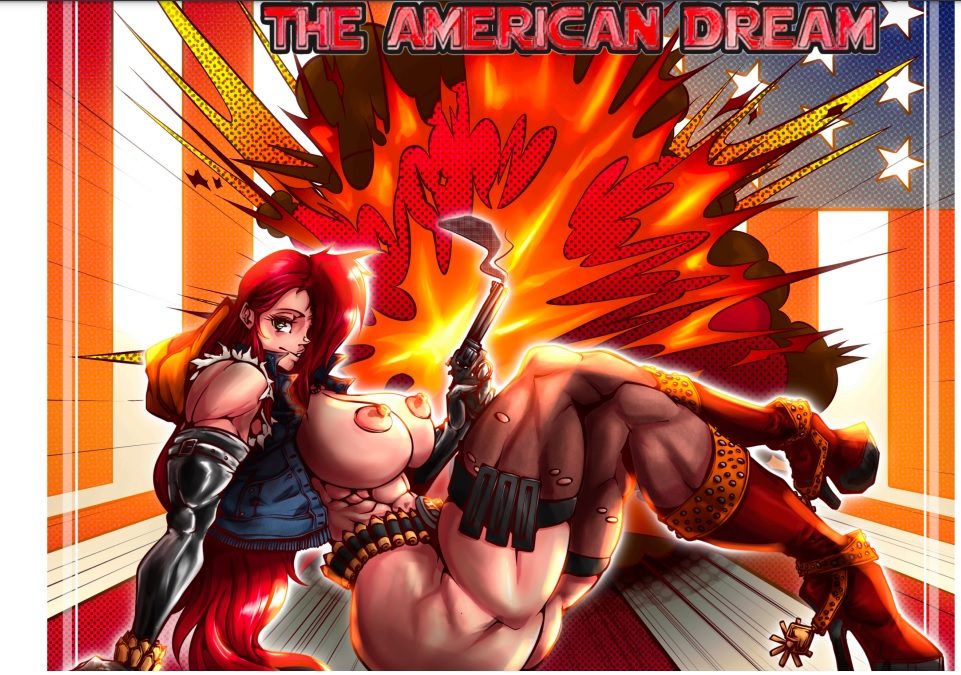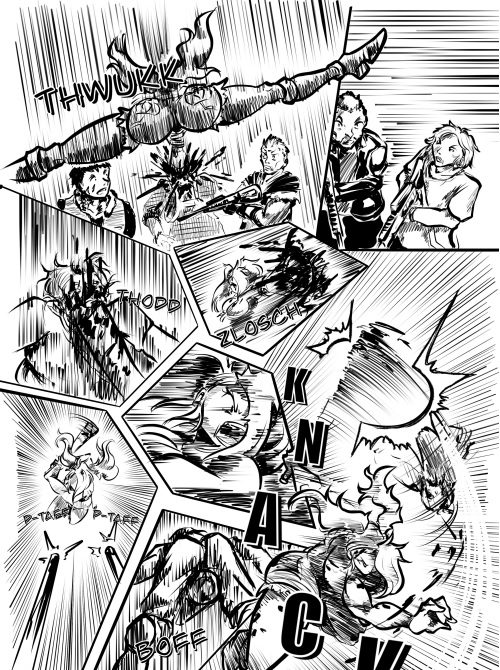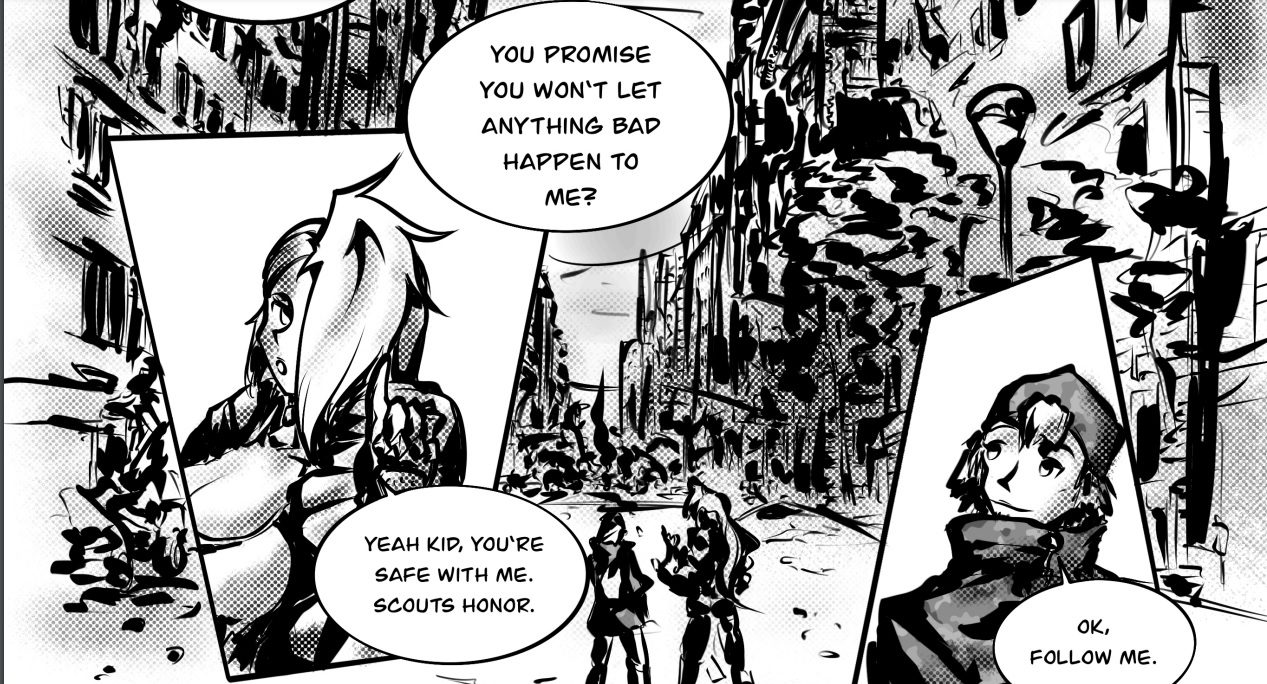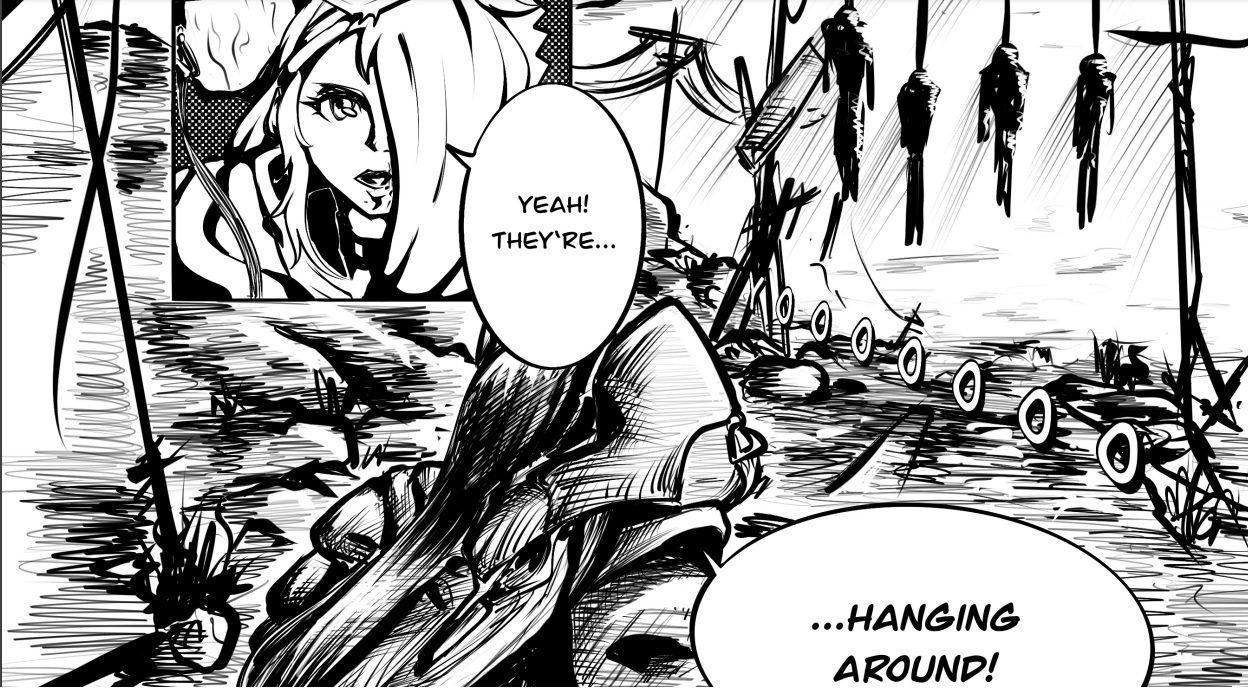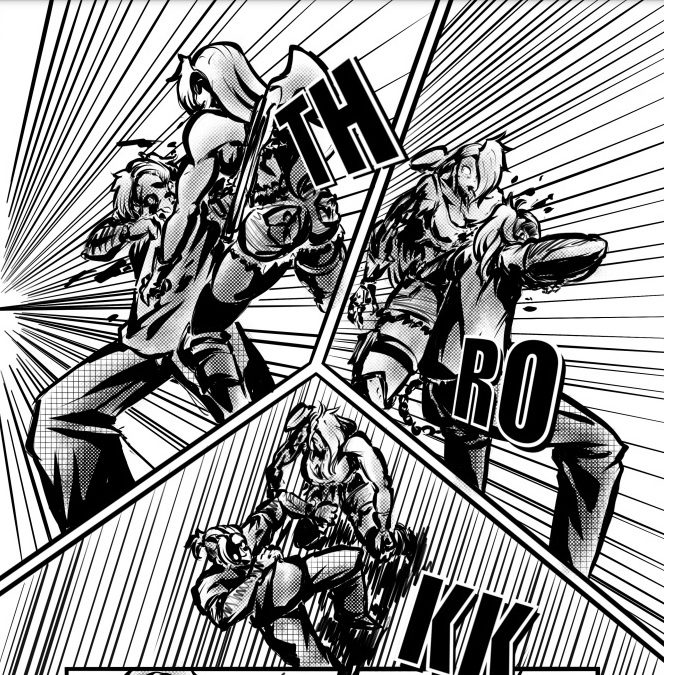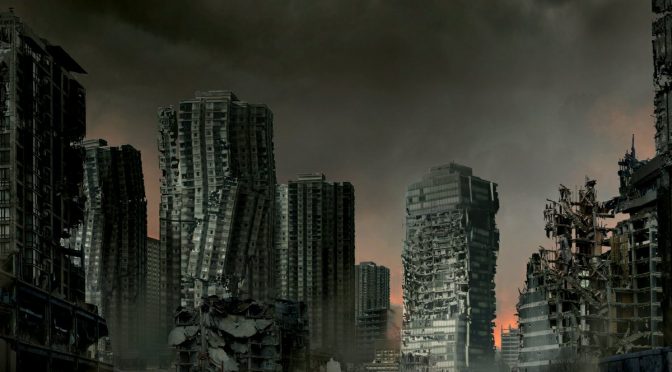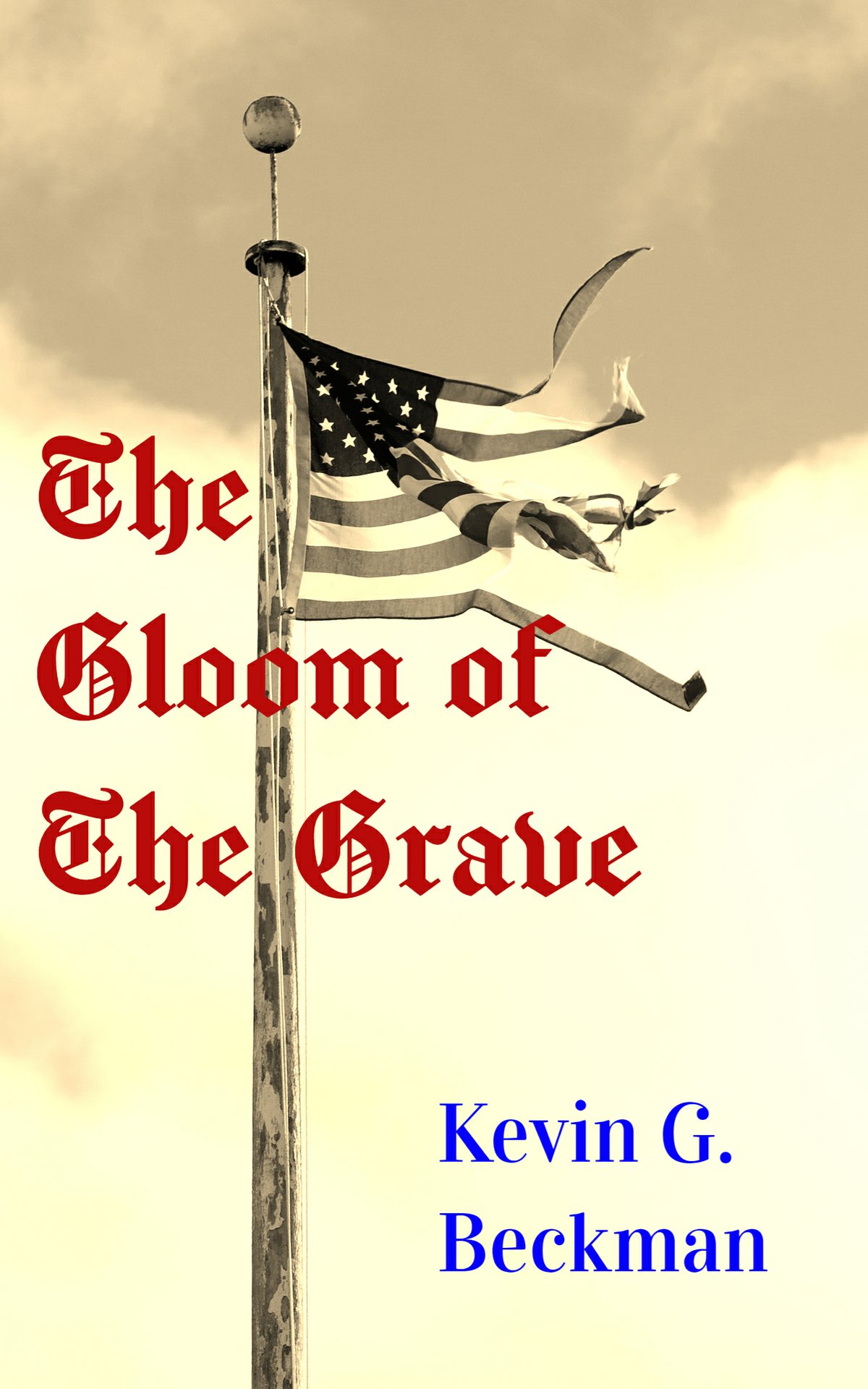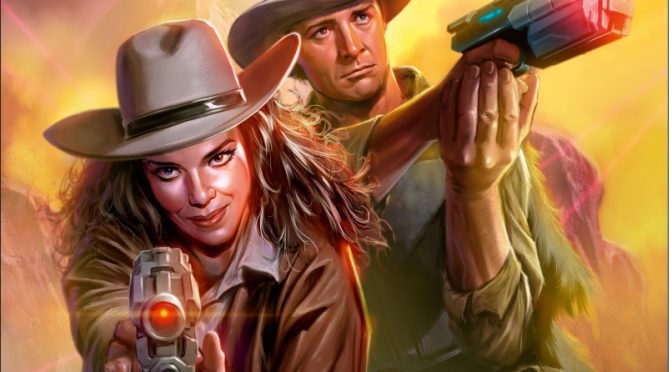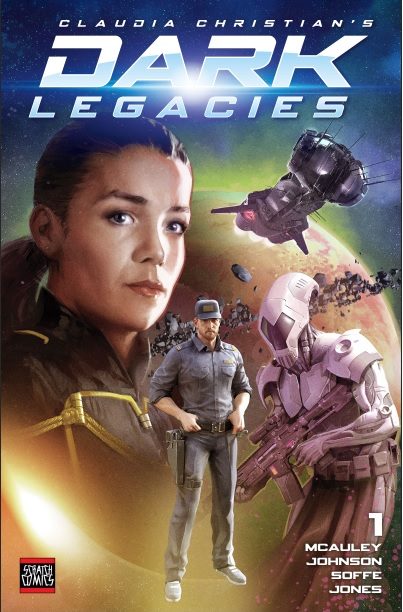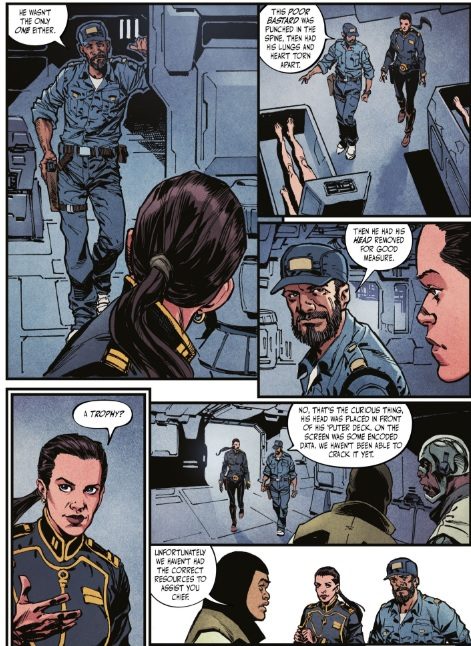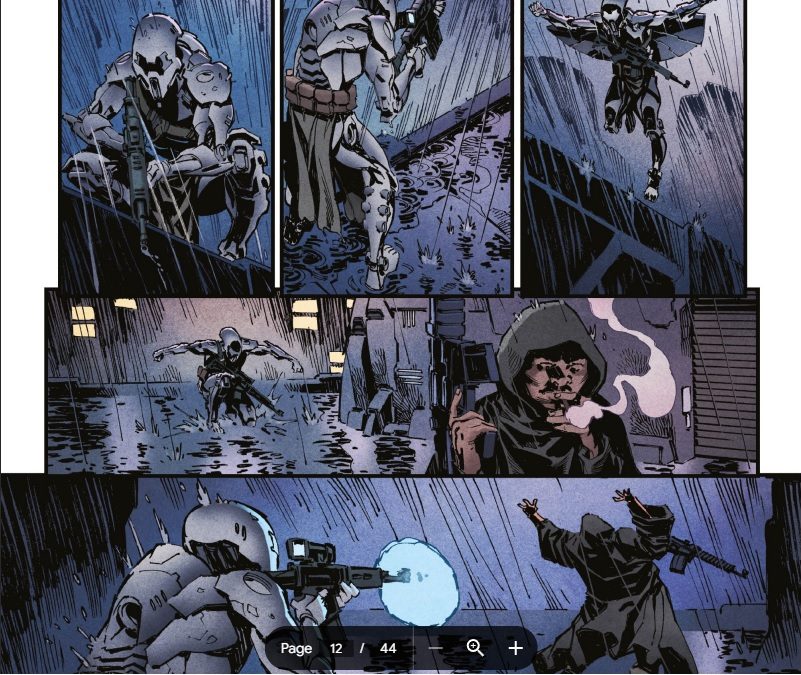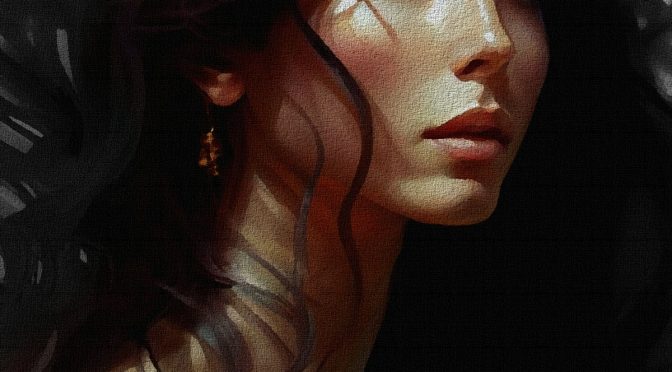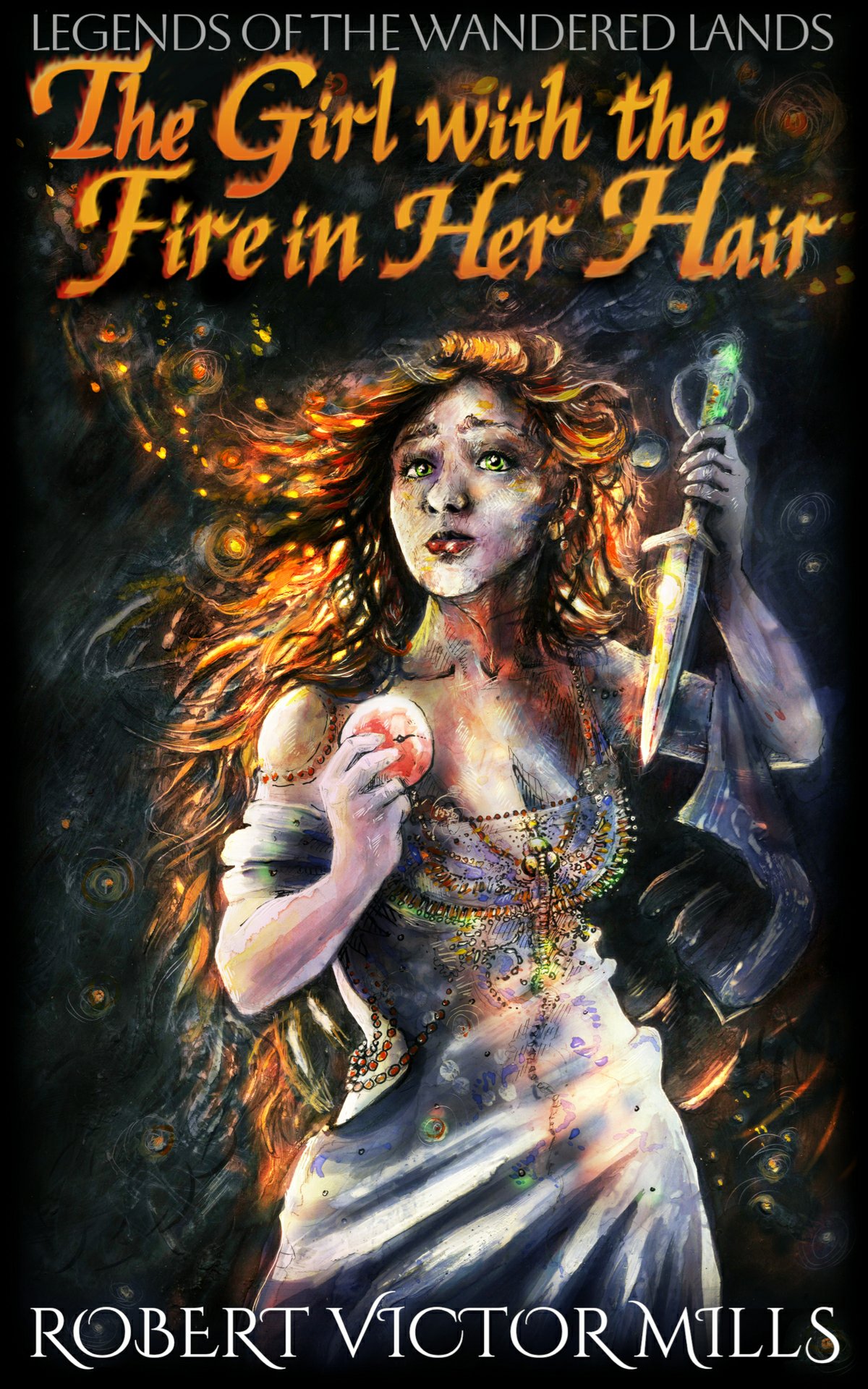Alt Hero Q is one of the first Arkhaven projects, which preceeded the Arktoons website.
What it’s About:
It is a globe-trotting action spy thriller featuring a former Treasury agent recruited into an open source intelligence operation. He was one of the few honest agents left in the Federal Alphabets, who was nearly snuffed for noticing what should not be noticed. Now Roland Dane is tasked with investigating the blackmail of a scumbag politician, foiling the assassination attempt on a unicorn honest politician, and thwarting a plot to start a war between Russia and Ukraine.
That last plot thread was devised before the war in Ukraine began IRL. It shows you just how current and savvy the storyline can be at times.
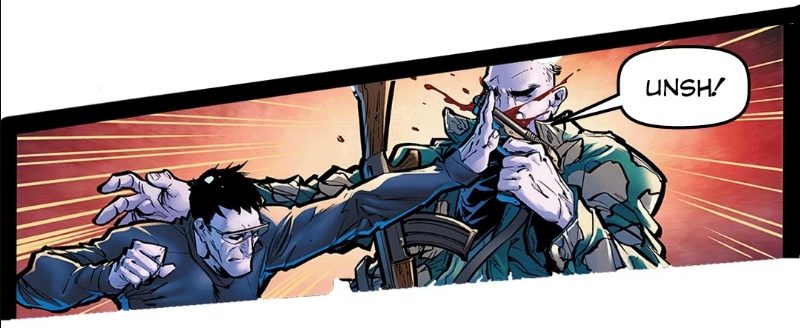
How About that Title?
You have to be pretty sheltered to not have at least heard of Q by now.
If you still believe the Swamp Media and Uniparty scumbags, then “Qanon” is a dangerous domestic terror network which might do something horrible at any moment, meaning American citizens need to surrender more liberty and give the traitors in Washington even more power. To keep us safe, of course.
If you bypassed the Swamp Media, researched it for yourself, and share the beliefs of the anons who followed Q, you think it is a rogue element within the Federal Leviathan which organized a counter-conspiracy to take down the traitors. They have a plan you’re supposed to trust in, which will result in mass arrests of the traitors who have hijacked our government with no, or minimal, bloodshed.
Many who once were in the latter camp are now convinced it was all just another psyop to keep us compliant. To keep us docile. To demoralize us yet again. To get us to self-identify as thoughtcriminals so we are easily targeted for the purges to come during the Great Reset.
Production Values:
Whatever the truth is behind the Q phenomenon, it is a great backdrop for an ambitious espionage/conspiracy thriller. But rather than some ludicrous formula about a unicorn honest MSM journalist chasing the story down to present the truth to the masses (who totally care about freedom, the Constitution, and our long-term future more than porn, social media and getting high), this is a story of a cellular network of patriots and just decent folks sacrificing their own time and resources trying to expose and bring down the Cabal. That’s pretty unique in the conspiracy genres.
Chuck Dixon scripted this tale (based on Vox Day’s general outline, I would guess) with a structure reminiscent of Tarantino’s Pulp Fiction, but without the vulgarity. The characters and dialog are believable. I’m not exactly sure what the page count would be at this point, but it looks like the plot is nowhere near resolution, yet. Were this an Akira Kurosawa film, I would be confident that after this methodical buildup of tension and conflict, there will be a satisfying, gratifying, rip-snorting denouement to resolve the story arc and tie off all the loose ends. If I were a betting man, I’d say Chuck Dixon is a Kurosawa fan and this is exactly what he intends to do.
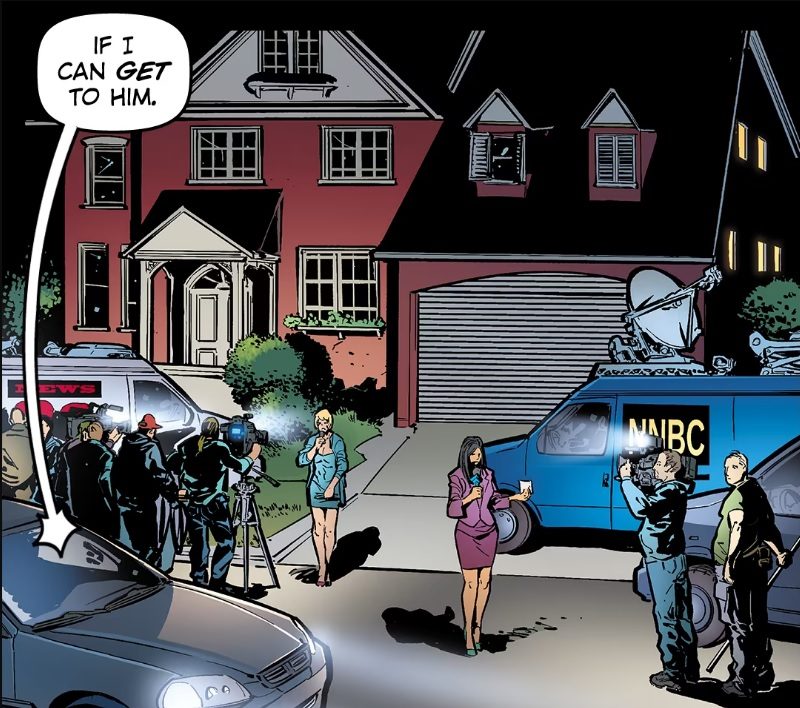
The artwork is good and compliments the story well. Sometimes it looks a little rushed, but even at that, I would still say the quality is high. Notice, in the panel above, how you know at just a quick glance that this is a night time scene–and you would know that even without the black sky at the upper left corner. The artist got the shadows from multiple light sources, and everything else, just right. I’ve looked at a lot of comic panels over the years and can’t remember a night scene done this well.
As with much of the Arktoons artwork, the artist sometimes “cheated”/saved time by using mostly empty panels, or zoomed in/out on a preceding panel to form a “new” one. It doesn’t detract from the experience and I would probably do the same, in their place.
You can read everything I’ve read for free on Arkhaven, and I recommend you do–all at one sitting so you don’t lose track of all the setting jumps. If I remember correctly, there will also be a crowdfunding campaign soon for a print version of Alt-Hero Q. Which means, hopefully, that the aforementioned climax has been scripted, drawn, inked, colored, and is ready for showtime.

